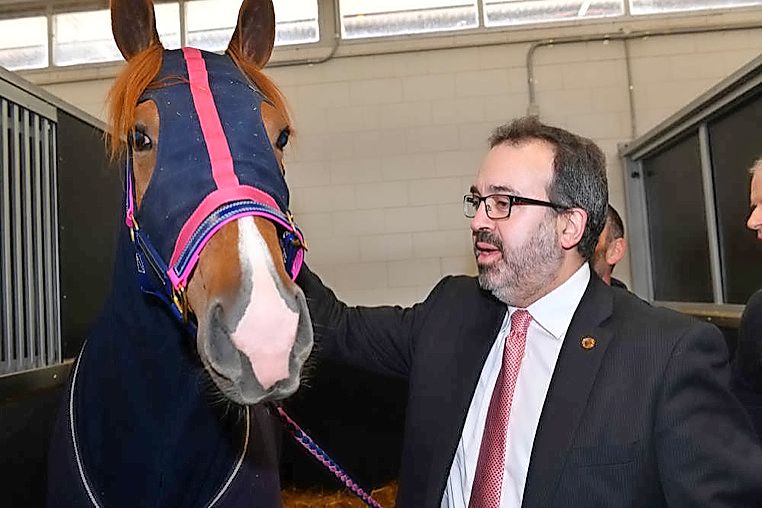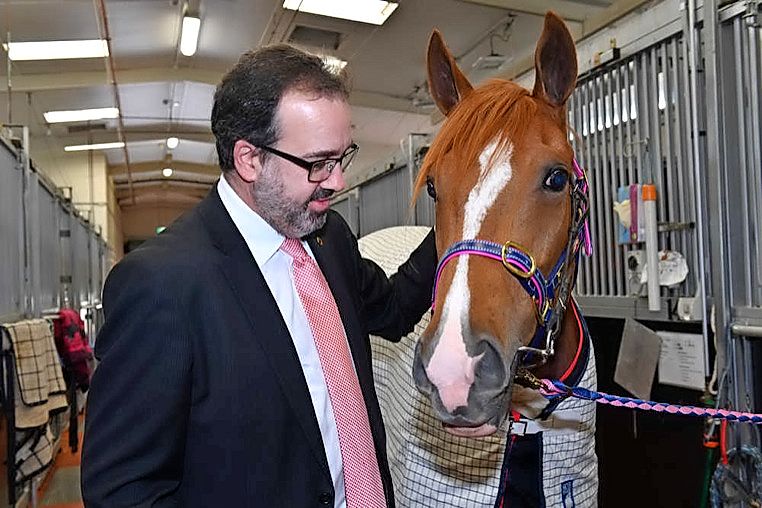
A Werribee research team has been given a $5.25 million grant to reduce the risk of race horse fatalities.
The state government announced last week that it will continue to fund the Equine Limb Injury Prevention Research Program for the next three years, with funding also coming from Racing Victoria and the University of Melbourne.
The university’s equine centre in Werribee has been running the program, which aims to detect and prevent bone injuries in racehorses, since 2014.
Bone injuries are the most common cause of horse fatalities but are also a common factor in lameness and premature retirement.
The new funding will be used to discover how the bones of racehorses respond to exercise, why some bones fail under repeated stress, and how bones may be helped to adapt to stressors and how accumulated damage can be repaired.
A state-of-the-art MRI machine will also be purchased so that researchers can examine bones and cartilage without putting horses under anaesthetic.
Racing Minister Martin Pakula said the funding would be aimed at making racing as safe as possible for both horses and their riders.
“It’s a sad but true fact that bone fractures in race horses are often fatal and it’s currently very difficult to identify which animals are most vulnerable before one of those injuries occur,” Mr Pakula said.
“This project is about improving the odds of identifying those horses by creating a program that will lead to the early detection and prevention of bone injury.”
John Fazakerley, of the University of Melbourne, said the new funding would allow researchers to identify risk factors and determine safe levels of training while maintaining the fitness of the horses.
“The result for the industry will be guidelines and systems which help identify a horse at risk of injury and reduce that risk.”







